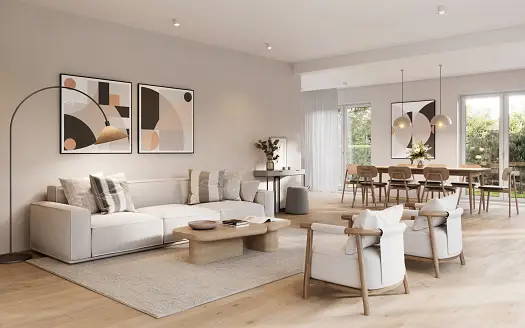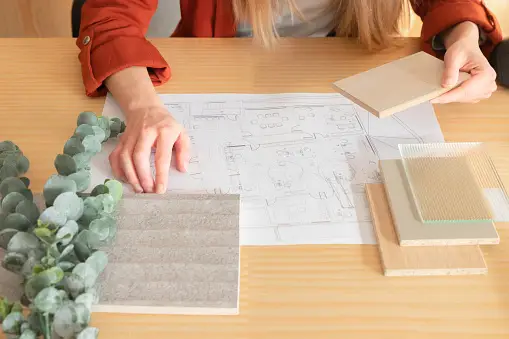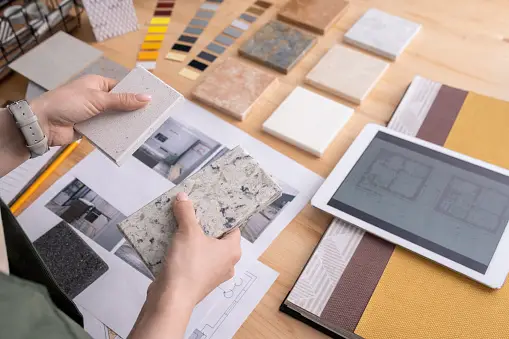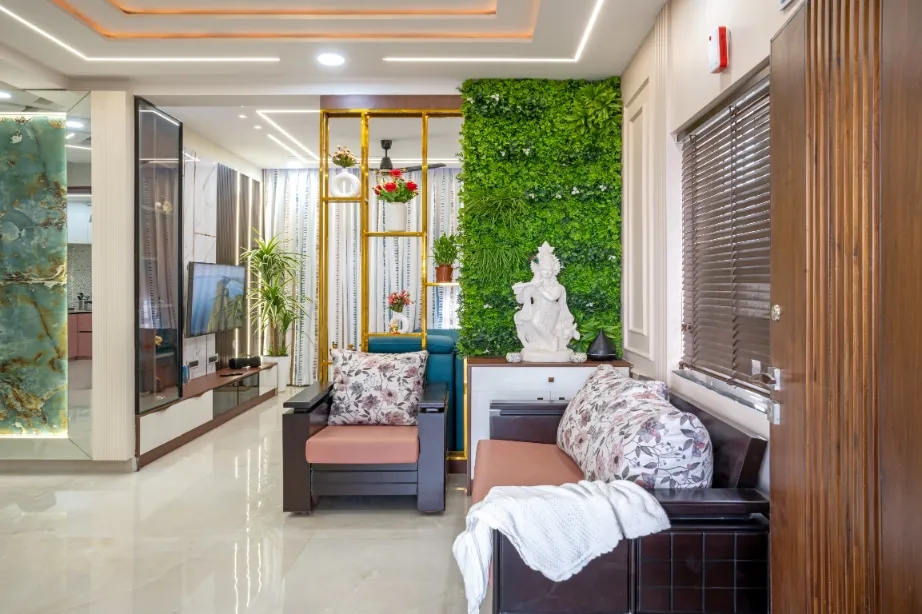Introduction:
Interior design is an intricate and creative process that involves a thoughtful arrangement of various elements to create visually appealing and functional spaces. The successful composition of these elements defines the ambiance, character, and usability of a space. The seven fundamental elements of interior design encompass a broad spectrum of principles that designers utilize to transform spaces into cohesive and harmonious environments.
Space:
Space is the foundational element of interior design. It involves the understanding of both the physical and visual dimensions within a room. Designers work with space by considering the layout, scale, and proportion of furniture and other design elements to optimize the available area effectively. Proper space utilization can make a room feel open, welcoming, and functional.
Line:
Lines form the basic structure in design. They can be vertical, horizontal, or dynamic. They guide the eye throughout a space, delineating forms and shapes. The use of different types of lines influences the overall look and feel of a room. Vertical lines can add height, horizontal lines can create a sense of stability, and diagonal lines can bring in a dynamic or dramatic effect.

Form:
Form refers to the shape of objects within a space. It can be geometric or organic, and it defines the overall appearance and structure of furniture, décor, and architectural elements. Paying attention to form allows designers to create a visually pleasing environment and balance the overall composition.

Texture:
Texture refers to the surface quality of materials used in design. It can be visual (how a surface looks) or tactile (how it feels to touch). Incorporating a variety of textures, such as smooth, rough, soft, or hard, adds depth and visual interest to a space, creating a multi-dimensional and inviting atmosphere.

Color:
Color is a powerful element that significantly impacts the mood and perception of a space. Different colors evoke various emotions and can affect the perception of size and brightness. Designers employ color schemes to create a desired ambiance and coordinate with the overall theme of the space.

Light:
Lighting is an essential element that can transform the way a space looks and feels. It includes both natural and artificial sources. Properly planned lighting design highlights architectural features, sets the mood, and affects the overall functionality of a room. The manipulation of light helps create focal points and accentuates key areas within the space.

Pattern:
Patterns contribute to the visual interest and design aesthetics of a room. They can be applied through textiles, wallpapers, or even architectural details. Careful consideration of patterns adds character and personality to a space, creating a cohesive and harmonious design.

These seven elements serve as the building blocks of interior design. Their skillful integration and manipulation allow designers to craft spaces that are not only visually pleasing but also functional, comfortable, and reflective of the inhabitants’ lifestyle and preferences. Understanding and employing these elements enable designers to create compelling and balanced interiors.

